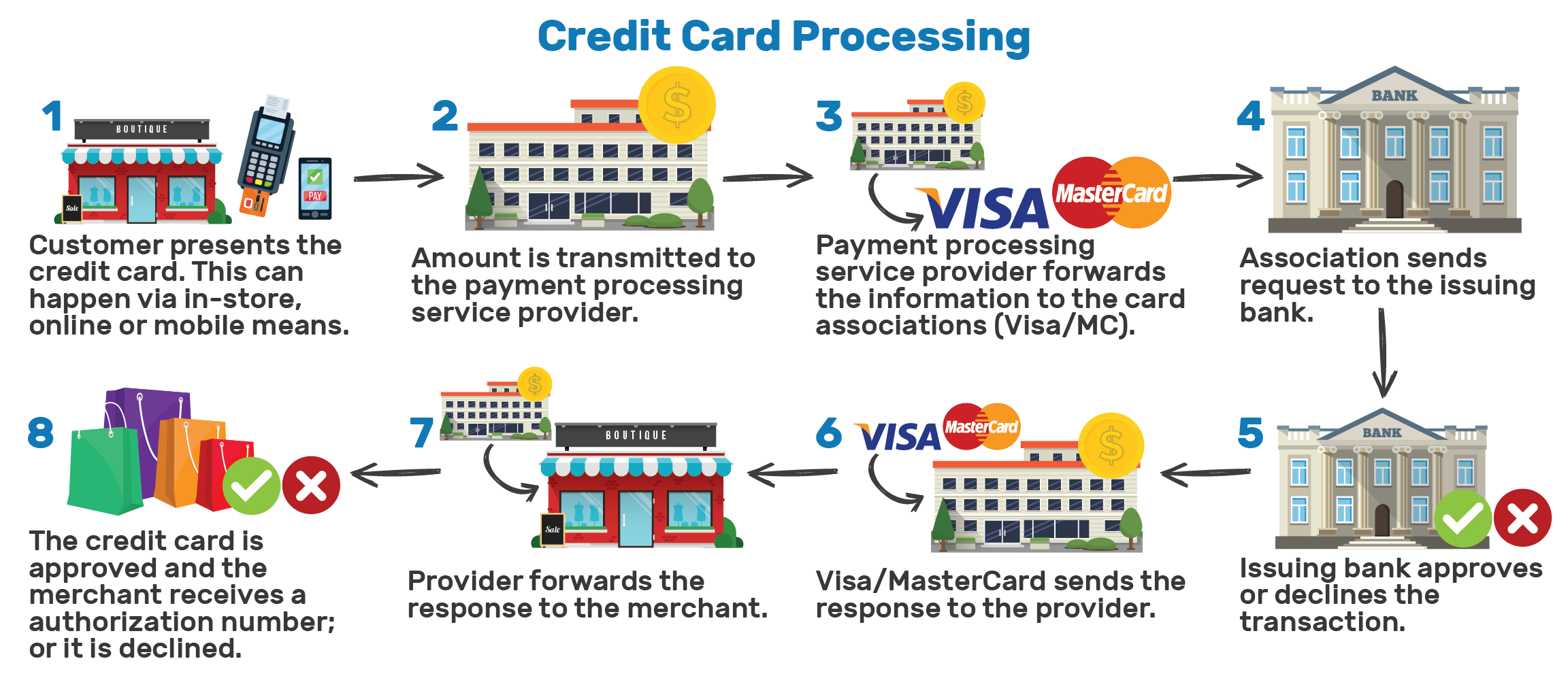How Visa Interchange Rates Are Changing in 2020 and What That Means for Merchants

Earlier this year, Visa announced the biggest change to its interchange rates in 10 years. Under the new restructuring, credit card processing fees are either going up or down depending on your company's merchant category and how your customers swipe their card. This could have a huge impact on any business that has been hit hard by the pandemic.
The first rate hike was scheduled to take effect last April, but was later postponed due to COVID-19. The next interchange update is coming up in October and experts estimate payment processors will increase fees by 5 to 10 basis points to offset their costs.
While some argue that these changes will only add up to a few cents on every transaction, this quickly adds up for companies processing a high volume of transactions. In retail alone, businesses pay north of $100 billion to these card networks just to accept electronic payments.
What are interchange rates?
Interchange rates are transaction fees that merchants are charged whenever a customer uses a credit or debit card to make a payment.
Card networks like Visa and MasterCard set the rates that merchants are charged, but those fees are technically paid to the bank that issues the card. The bank then passes along a portion of the fee to the network used in the transaction for the risk involved in approving the payment.

There is no way around these fees when a company handles their payments through cards. While these rates vary by industry, giving away 2-3% of your revenue is still a steep amount to pay to, well, just get paid.
If you're wondering why these fees are so high, it's because banks and card networks aren't the only ones getting in on the action. Payment processors, gateways, and the merchant's own bank also charge a fee on every transaction, and these charges frequently appear as a single, bundled amount on the bills your payment processor hands you.
There are about 300 different fees that make up the "single" interchange fee you actually end up paying.
Dive deeper into B2B payment optimization here.
How Visa interchange rates are changing
The upcoming interchange rate changes depend on a variety of factors including method of acceptance, the type of business accepting cards (MCC), type of card, whether it is face-to-face, and many other variables.
Visa hasn’t published the full details about the rate changes yet, but reporters who were able to see the document Visa circulated to banks have been able to provide some specifics.
Here's a round-up of everything we know about how interchange rates are changing in 2020:
- The following categories will see lower rates under the new changes: Real Estate, Healthcare, Education, Rent, Parking, and Vending Machines. On premium-card transactions for the category that includes large supermarkets, the interchange fee will drop an estimated 33%.
- Visa is increasing fees for both card present and card-not-present programs, eliminating the cents per transaction fee component, and increasing the % fee component.
- There will be reductions from Tier 1 (very large merchants) and increases for smaller merchants.
- Large retailers and restaurant chains with small tickets (below $8.88) will see a decrease in interchange fees. Restaurant chains with average ticket sizes above $8.88 will see an increase along with small retailers.
By the way, if you're wondering whether MasterCard has fee changes of their own in the works, there are reports that they are also considering similar fee changes, but the rollout date is still unknown.
How merchants should prepare for Visa interchange rate changes
When card networks adjust their fees, merchants often struggle with the need to raise prices in order to recoup the profits they’ll lose. While this is a common industry practice, we highly recommend avoiding this route.
Considering how hard some have been hit by the pandemic and its economic effects, hiking up your costs can end up costing you customers and increase the number of missed, partial, or delayed payments.
If you want to effectively manage interchange rate changes, then you need to take control of your payment costs. Now is the time to take quick action by focusing on reducing, offsetting, and eliminating your credit card processing fees.
6 ways that merchants can reduce credit card processing fees
- Negotiate with your payment processor or bank for lower pricing. With Paystand, you'll never pay for a markup. We offer merchants the same wholesale rates we negotiated with our banking partners.
- Offset your transaction costs by passing fees on to your customers. Paystand helps you do that in one of three ways: charge a convenience fee, pass on the entire fee, or split the fee with your customer.
- Shift customers to Zero Fee payment rails. It may sound like a dream, but Paystand offers this. Over 140,000 businesses now use our payment network to make unlimited Zero Fee payments. It's the easiest, safest way to send and receive money. We also recently launched the first zero fee corporate card.
- Use a payment solution that offers flat-rate pricing. With Paystand, you pay the same rate for all credit card transactions you run. We believe in keeping merchant costs straightforward, predictable, and transparent. We break down our Payments-as-a-Service model here.
- Use an address verification service (AVS). Visa offers lower interchange rates to merchants that perform an AVS check on transactions.
- Settle payments as fast as possible. Businesses can get a better interchange rate if they settle charges within 24 hours.
Get Started with Zero Fee Payment Processing
Schedule a free chat with one of our specialists to learn more about how to start taking control of your payment costs. We'll help you identify ways to quickly reduce fees, offset costs, and shift customers to zero fee options.
Using Paystand, businesses convert receivables into cash 62% faster and save an average of $90K in labor, $850K in fees, and $1.2M on total accounts receivable costs!





